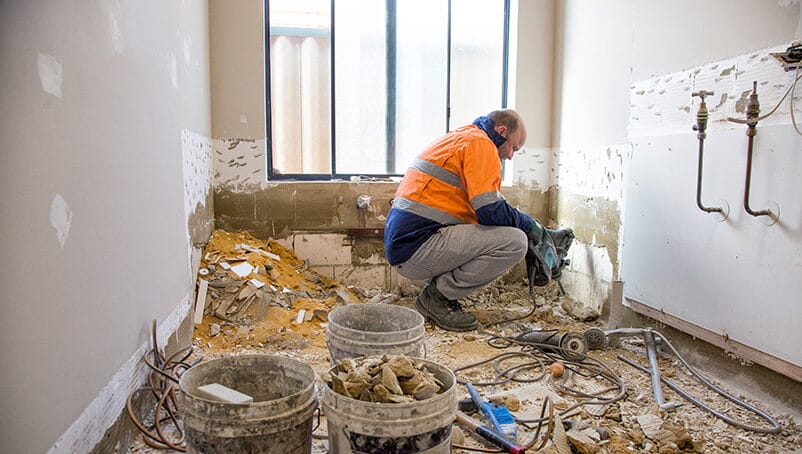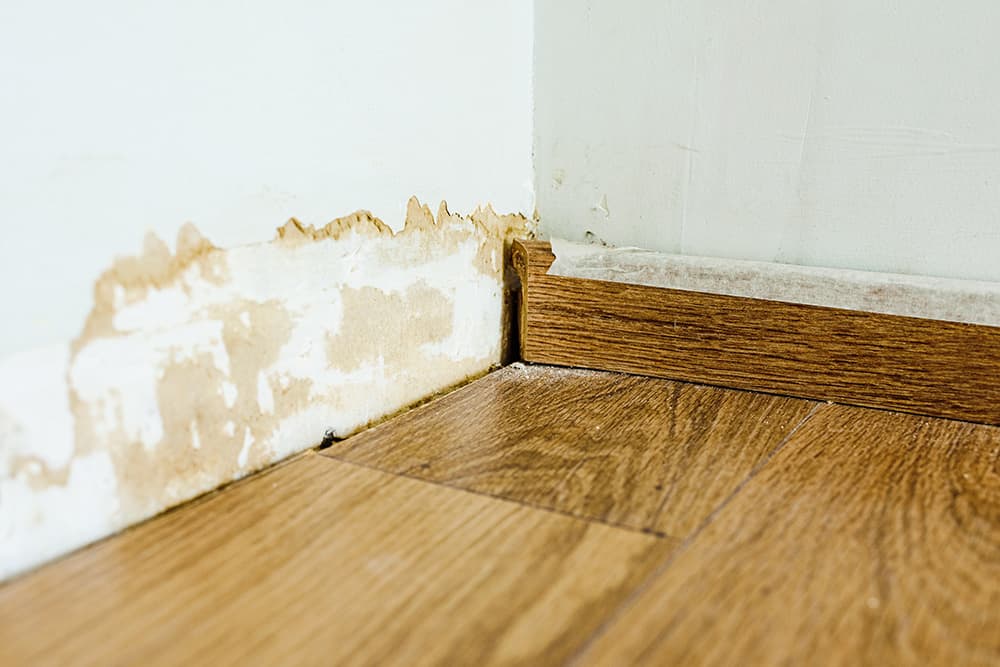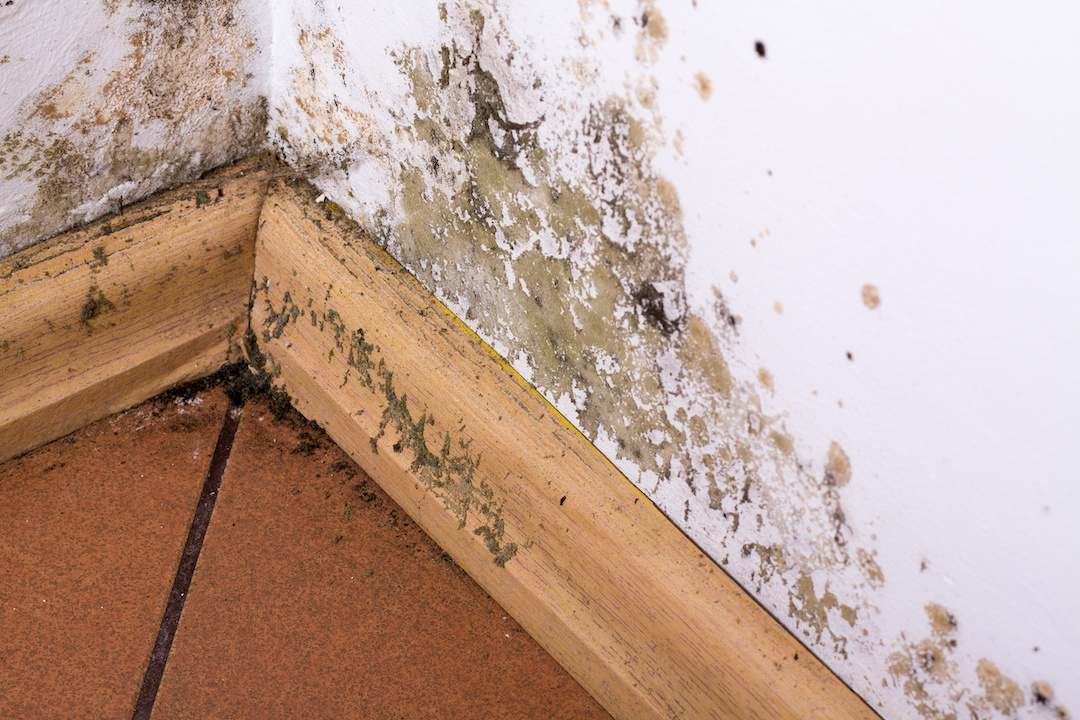Top Water Mitigation Company for Fast Response and Quality Service
Top Water Mitigation Company for Fast Response and Quality Service
Blog Article
The Process of Water Damages Cleanup: Guaranteeing Your Home Is Brought Back Effectively
Water damages can be a daunting challenge for property owners, requiring a careful and organized clean-up process to bring back security and performance. damage restoration services. Following this, efficient water extraction methods play a pivotal duty in alleviating more damage.
Analyzing the Damage
Upon discovering water damages, the very first step is to extensively assess the extent of the impact. This first analysis is vital, as it assists figure out the required steps for effective cleaning and repair. Begin by checking the affected areas, consisting of walls, ceilings, floors, and individual valuables, to identify the resource of the water invasion, whether from flooding, leaks, or condensation.
Recording the damage is important for both insurance cases and preparing remediation initiatives - damage restoration services. Usage photographs and created notes to record the intensity of the damage, keeping in mind any type of affected architectural elements and products. Pay special attention to areas that might not be right away visible, such as behind walls and under carpetings, as hidden wetness can result in more issues, consisting of mold development
Furthermore, analyze the timeline of the water exposure. The longer the products stay damp, the greater the capacity for damages. Comprehending the period of exposure will educate the urgency of removal efforts. Inevitably, a detailed assessment lays the groundwork for an effective water damage clean-up procedure, ensuring that all impacted locations are addressed successfully and extensively.
Water Extraction Methods

Specialists typically employ submersible pumps for bigger quantities of water, which can promptly alleviate flooding in cellars or various other influenced locations. For smaller sized quantities, wet/dry vacuums are frequently used to extract recurring dampness from rugs and difficult surfaces. Additionally, making use of mobile extractors enables targeted elimination in restricted spaces or areas with fragile materials.
In circumstances of infected water, such as sewer or floodwater, progressed removal methods might include the use of biohazard tools to ensure safety and security and conformity with health laws. High-powered extraction tools are critical in decreasing water retention in structural materials, which can cause mold development and architectural damage otherwise addressed immediately.
Eventually, the effectiveness of water removal techniques plays a critical role in the general success of the water damages cleanup process, laying the foundation for subsequent remediation initiatives.
Drying and Dehumidification
As soon as standing water has actually been efficiently removed, the following crucial stage in the water damage cleaning procedure is drying and dehumidification. This action is vital to prevent additional damage and mold and mildew development, which can occur within 24 to 2 days in damp atmospheres.
To achieve efficient drying out, customized devices such as industrial-grade air movers and dehumidifiers is used. Air moving companies circulate air across damp surface areas, enhancing evaporation rates, while dehumidifiers reduce humidity levels airborne, promoting a favorable environment for drying out. The combination of these devices guarantees that moisture is extracted from wall surfaces, floorings, and home furnishings, allowing them to completely dry completely.
It is necessary to keep track of the drying process carefully. Experts usually utilize dampness meters to examine the moisture web content in various materials, making sure that all influenced areas reach appropriate dry skin levels. This thorough technique aids to avoid surprise wetness pockets that could cause structural damage or undesirable mold growth.

Cleaning and Disinfecting
After the drying out and dehumidification stage is full, the following crucial action in water damages cleaning is cleaning up and sterilizing the influenced areas. This process is vital to avoid the growth of mold and mildew, bacteria, and other microorganisms that thrive in wet environments.
The cleaning stage usually includes eliminating any particles, dirt, and pollutants from surface areas using specialized cleaning up agents. For difficult surfaces, a combination of soap and water or industrial cleaning items is commonly employed. Soft materials, such as upholstery and carpets, might need more view website comprehensive cleaning techniques, including steam cleansing or deep extraction techniques, to ensure extensive sanitation.

Sanitizing adheres to cleaning, using EPA-approved anti-bacterials to eliminate damaging bacteria. This step is vital, particularly in locations that may have come into contact with floodwaters or sewage, as these resources can present significant wellness risks.
Additionally, it is very important to deal with any kind of remaining odors, which might require the usage of odor neutralizers or advanced strategies like ozone therapy. Correct cleansing and disinfecting not just restore the security and hygiene of your home yet additionally prepared for successful restoration and repair services in succeeding stages of the water damage cleaning process.
Remediation and Fixings

When the evaluation is complete, reconstruction efforts can begin. This typically involves repairing or replacing broken materials, making sure that all work abides by neighborhood building ordinance and standards. For circumstances, if drywall has actually been compromised, it will need to be eliminated and replaced with brand-new material. In addition, floor covering may call for comparable attention, depending on the degree of water exposure.
It is critical to engage knowledgeable repair specialists during this process, as they possess the competence to handle complicated fixings successfully. Furthermore, they can assist reduce potential future concerns, such as mold growth or structural instability, hence making certain a safe and habitable living atmosphere. Ultimately, reliable repair and repairs restore the helpful resources home's honesty and improve its general worth.
Conclusion
Finally, the procedure of water damages cleanup is essential for bring back a home to its pre-damage problem. Each phase, from analyzing the damages to carrying out efficient water removal methods, adhered to by detailed drying out, sanitizing, and needed fixings, plays an important role in making certain safety and security and compliance with structure requirements. Effective implementation of these actions not just alleviates instant damages yet additionally improves the long-term honesty and value of the residential or commercial property.
Water damages can be an overwhelming obstacle for property owners, necessitating a careful and organized clean-up procedure to restore safety and security and functionality. Inevitably, a comprehensive evaluation lays the foundation for an effective water damage cleanup process, ensuring that all impacted areas are resolved efficiently and thoroughly.
Effective water extraction techniques are crucial in reducing damages and protecting against additional difficulties complying with a water breach event.In final thought, the process of water damage clean-up is important for recovering a home to its pre-damage problem. Each phase, from analyzing the damages to applying reliable water removal techniques, complied with by complete drying out, disinfecting, and essential repair work, plays a crucial role in making sure safety and conformity with structure standards.
Report this page